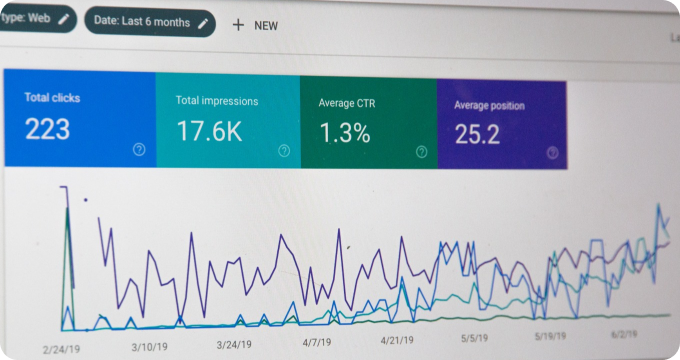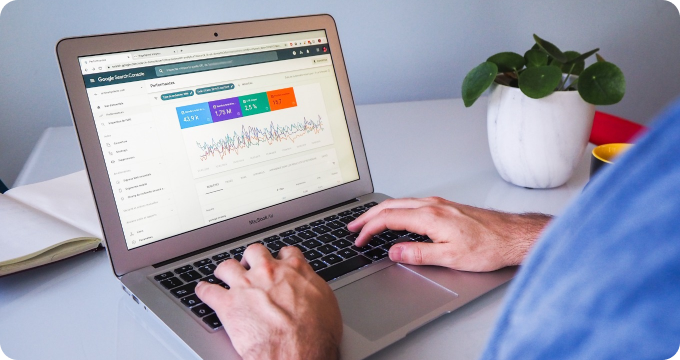What are Demand Forecasting Software Solutions and How Do They Work?
- October 27, 2023
- 2 minutes
In the realm of economics and business management, demand forecasting stands as a crucial dynamic, forming the basis for strategic decisions and long-term planning. Harnessing the power of sophisticated algorithms and predictive analytics, demand forecasting software solutions are designed to anticipate future demand for a product or service. This blog post illuminates the intricate mechanics of these advanced systems and elucidates their substantial importance in contemporary business logistics.
At the heart of demand forecasting software lies the principle of predictive analysis. This is a facet of advanced analytics that employs both new and historical data to foresee future activity, behavior, and trends. Its relevance in the context of demand forecasting is profound, as it serves as the primary toolkit for these software solutions to generate accurate forecasts.
Such software solutions are developed to forecast demand using a variety of methods, which can be quantitative, qualitative, or a blend of both. Quantitative forecasting leverages statistical or mathematical modeling to create forecasts based on historical data, while qualitative forecasting employs expert opinion, market research, and comparative analogies. The utilization of these methods is situational. For instance, in the absence of comprehensive historical data, qualitative forecasting methods might be more appropriate.
Incorporating a demand forecasting solution into an organization's operational framework allows for better inventory management, which is a noteworthy contributor to both cost efficiency and customer satisfaction. An organization able to accurately forecast product demand can prevent overstocking or understocking, hence reducing costs associated with inventory storage and potential sales loss.
Modern demand forecasting software solutions offer a series of remarkable features. Among them is the integration of artificial intelligence (AI) and machine learning (ML) capabilities. Machine learning, a subset of AI that gives computers the ability to learn from data without being explicitly programmed, can significantly enhance the accuracy of forecasting. It does so by continuously learning from new data inputs and refining its models for future forecasts.
AI's role in demand forecasting software is multi-faceted. It not only improves the accuracy of the prediction models but also accelerates data processing and pattern identification, enabling the formulation of forecasts at an impressively rapid pace. It also has the capacity to analyze a wealth of unstructured data, such as social media sentiments, online reviews, and news articles, which can provide valuable insights into consumer behavior and market trends.
Another invaluable component of demand forecasting software solutions is their ability to perform scenario analysis. This involves the examination of different possible future events by considering alternative potential outcomes (scenarios). It allows companies to understand the potential impact of an event on their demand forecast, thus informing risk management strategies and contingency plans.
The advent of cloud technology has further bolstered the capabilities of demand forecasting software. Cloud-based solutions offer easy scalability, high availability, and seamless integration with other systems, providing a cost-effective and flexible alternative to on-premise deployments.
Now, one might postulate the possibility of an over-reliance on such technology. As with any software solution, demand forecasting tools are not infallible and should be used judiciously as a part of a broader decision-making framework. They should be viewed as an aid to human judgment, not a replacement.
Overall, demand forecasting software solutions offer a powerful solution for businesses to anticipate market needs, optimize their operations, and stay competitive in today's volatile business environment. Their complexity and sophistication mirror the intricate nature of the business landscape, which is increasingly shaped by data-driven insights and rapid technological advancements.
In conclusion, the effective usage of demand forecasting software solutions requires a keen understanding of their functioning, potential, and limitations. By appreciating the intricacies of these advanced tools, organizations can harness their full potential and navigate the business landscape with increased agility and foresight. They serve as a testament to the remarkable intersection of economics, data science, and technology, leading the way to a future where the mastery of predictive analytics is synonymous with business success.
Learn More
Unleash the power of prediction and stay ahead of the curve by delving deeper into our enlightening blog posts on demand forecasting software. For those seeking the top-tier tools in the industry, they are encouraged to explore our comprehensive rankings of the Best Demand Forecasting Software.
Popular Posts
-
 7 Compelling Reasons Why Your Business Needs Demand Forecasting Software
7 Compelling Reasons Why Your Business Needs Demand Forecasting Software
-
 The Future of Demand Forecasting Software: Predictions and Emerging Trends
The Future of Demand Forecasting Software: Predictions and Emerging Trends
-
 Ask These Questions to a Demand Forecasting Software Provider to Choose the Right Solution for Your Business
Ask These Questions to a Demand Forecasting Software Provider to Choose the Right Solution for Your Business
-
 How to Hire the Right Demand Forecasting Software for Your Business
How to Hire the Right Demand Forecasting Software for Your Business
-
 7 Things I Wish I'd Known About Demand Forecasting Software Before Implementing One
7 Things I Wish I'd Known About Demand Forecasting Software Before Implementing One






